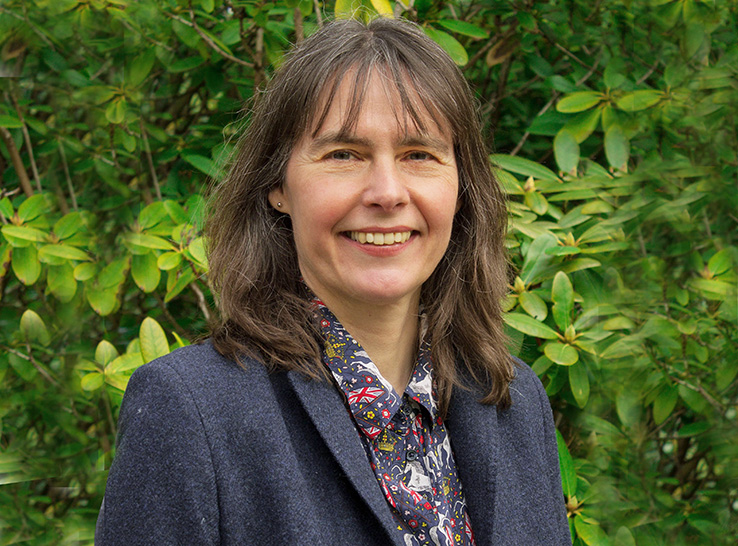It is well known that vaccinating newly hatched chicks with a low-dose mixture of Eimeria oocysts leads to protective immunity against coccidiosis and associated diseases during grow-out. But a necessary outcome of vaccination is that chicks will shed Eimeria oocysts while in the broiler house.
“Our past research has found that viable Eimeria oocysts can linger 2 to 3 weeks after chickens are moved out, so the litter itself can be a source of infection,” said Mark Jenkins, PhD, microbiologist with USDA’s Agricultural Research Service, at the 2024 American Association of Avian Pathologists conference.
“Even with litter-abatement methods, such as crusting or windrowing, the oocysts can be a possible infection source,” he noted. Windrowing is a litter-management strategy that uses composting to reduce pathogens in the litter between flocks.
Another consideration is the common practice of providing auxiliary feed lids for the first 7 to 10 days of the birds’ grow-out phase to ease the birds’ transition. However, because young chicks can easily enter the lids to access feed, there is the potential for fecal contamination.
“We wanted to determine if fecal material in the feed lids contain Eimeria oocysts,” Jenkins said, “and, if so, would these oocysts be a possible source of infection to chicks.”
Sample collection
The study involved three, two-house broiler farms. Six days after chick placement, Jenkins and his team collected fecal material from feed lids and litter from both houses on two of the farms.
“The fecal material was processed to isolate Eimeria oocysts,” Jenkins noted. “We took oocyst counts on all samples, and DNA was extracted from isolated Eimeria oocysts for polymerase chain reaction (PCR) analysis to determine the species composition.”
All feed lids and litter from both houses on the three broiler farms at 6 days post-placement contained Eimeria maxima, E. acervulina and E. praecox oocysts. Moreover, the researchers observed E. tenella in nearly all feed-lid and litter samples from both houses on two of the farms. The exception was farm A, where neither house revealed E. tenella oocysts. In all, the team found five species but did not detect E. brunetti or E. necatrix, Jenkins reported.
“While five out of seven Eimeria species oocysts were present in all the feed lids and litter samples,” he added. “Only E. acervulina, and E. mitis, which was somewhat variable between houses, were found to be infectious.”
Conclusions and recommendations
In the end, Jenkins found that fecal material and the feed lids contained a mixture of Eimeria oocysts. “This presumably occurred from the live-coccidiosis vaccine administered to chicks at the hatchery,” he said.
“The feed lids are clean when placed, so the fecal exposure must be from birds that move in and out of the feed lids.”
Although the trial revealed five species of Eimeria, only E. acervulina and E. mitis oocysts collected at 6 days post-placement appeared to be infectious. This finding is consistent with the shorter patent period of about 95 hours for E. acervulina and E. mitis, compared to E. maxima and E. tenella, which have a longer patent period of about 120 hr”, Jenkins noted.
“Therefore, E. acervulina and E. mitis would have sufficient time to be shed and sporulate in the poultry house environment compared to later-developing and shedding E. maxima and E. tenella,” he added.
The team could not explain the presence of E. praecox, particularly in feed lids, as it is not part of the commercial broiler vaccine. However, it is part of a breeder vaccine, Jenkins pointed out. Broiler vaccines contain only E. maxima, E. acervulina and E. tenella.
Jenkins would like to see future research investigate the species composition in feed lids and litter during an ionophore or a synthetic-anticoccidial program.
For now, his recommendation is to remove feed lids no later than 6 days post-placement. “Beyond that, there’s a risk of infection by E. maxima and E. tenella, both of which are capable of greater disease effects,” he concluded.







